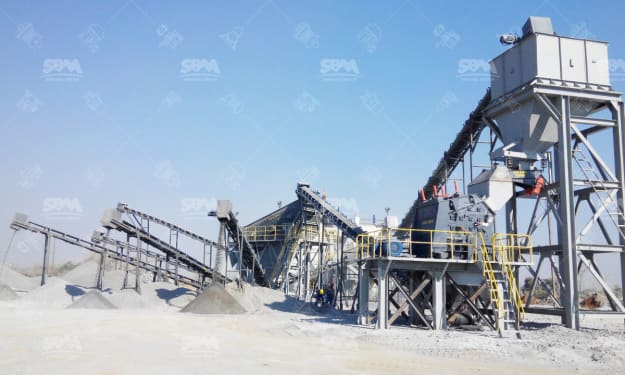Uncovering the Secrets of New York City
Secrets of the New York City
New York City is a dynamic, forward-looking metropolis. No other city embraces the future as enthusiastically as the Big Apple. New York grew out of its strategic location at the mouth of the Hudson River and its mighty harbor. The key to its success lies hidden beneath its rivers and harbor.
Imagine draining the oceans to uncover the secrets on the seafloor. Now, using accurate data and technology, we can illuminate this lost underwater world. How did the tragedy of 9/11 lead to an extraordinary discovery from New York's birth? What was the bloodiest event of the Revolutionary War? What does a mysterious offshore shipwreck reveal about the city's explosive growth? People spoke of the "forest of masts" in the harbor. What sank a huge American warship just miles from New York?
Built from scratch in just 400 years, New York is now the largest city in America - 300 square miles, over 8 million people, tenacious, powerful, and confident. The secret to its success is its rivers and harbor. Underwater archaeologists have located thousands of wrecks around New York - time capsules that illuminate the city's incredible history. One wreck in particular raises intriguing questions. What is this strange ship, and why is it here?
As New Yorkers recovered from 9/11, excavations at Ground Zero revealed a secret from the city's very beginning. From this tragedy emerged a major discovery, a relic from the past. By 2010, 1.8 million tons of debris were removed to build an underground parking garage. Digging down 22 feet beneath the World Trade Center site, workers uncovered the remains of an ancient wooden ship. Archaeologists rushed to investigate this rare Revolutionary War-era find. It offered clues into early New York's history.
Laser scanning and computer imaging revealed a 30-foot flattened wreck. Its design showed it was made for New York's harbor, not the open ocean. Soldiers had been aboard, evidenced by musket balls and a British button. In the 1770s, New York was a crucial port in the brewing Revolution. When war broke out in 1775, the British invaded and drove out Washington's army. The ship likely ferried British troops and prisoners during the war's deadliest chapter.
Off Brooklyn, the British used festering, overcrowded ships as floating prisons. Thousands of Americans died, far more than from combat. The World Trade Center wreck probably shuttled soldiers and prisoners to these hellish ships. After independence, New York grew rapidly, and the old British ship was simply built over. Centuries later, the World Trade Center rose on the landfill, entombing the ship.
New York's location made it a perfect trading hub. Its miles of shoreline and protected harbor facilitated international commerce. By the 1800s, more cargo and passengers passed through New York than any other US port. Observers described the dense forest of ship masts in the harbor. But the city soon outgrew its natural harbor. Evidence of a momentous event that reshaped New York lies just offshore. How far would New Yorkers go to expand their port?
Long Island Sound was a second passage to the Atlantic but was obstructed by the treacherous Hell Gate stretch of the East River. Many ships wrecked here, a terrifying risk. 19th century maps show the hazards - rocks, islands, and reefs that churned the waters. Flood Rock was an especially dangerous nine-acre obstacle in the heart of Hell Gate. Today there's no sign of it above water. Scanning the riverbed reveals Flood Rock is gone, demolished in an incredible feat of engineering.
Backed by wealthy New York merchants, the city decided Flood Rock must be removed to ensure the port's future. They drilled shafts and tunnels through the rock and planted vast amounts of explosives. In 1885, they detonated over 150 tons of dynamite, obliterating Flood Rock. The resulting explosion was the largest ever at the time. With the river smoothed, shipping boomed. Reshaping their environment with ingenuity and money epitomized the New York spirit.
By the late 1800s, New York was America's industrial and commercial heart, with over a million inhabitants. Its waters were dangerously crowded. One offshore shipwreck reveals the frenetic trade and risk-taking pursuit of the American Dream.
In 1886, the British steamship Oregon was nearing New York with cargo and over 600 passengers after a transatlantic crossing. But off Fire Island, she disappeared before entering the harbor. For over 130 years, the fate of Oregon and her passengers remained a mystery. Scanning the seafloor now reveals her wreckage 60 miles from New York.
Oregon represents a revolution in shipping. Beneath her steam engine are boilers generating 12,000 horsepower, turning a giant propeller. She was built for speed and claimed the Atlantic crossing record in 1884. Immigrants flocking to America relied on fast ships like Oregon. In a cutthroat industry, vessels raced to cross faster and faster. Oregon was sliced open by another ship and sank just hours from her destination. All aboard were saved, their American dreams intact. Thousands more liners reached New York safely. The city grew on a tide of immigration.
By 1900, New York was the largest Western city, drawing global attention and hostility. Off Long Island, what sank the USS San Diego reveals New York's vulnerability.
In 1918 during World War I, the heavily armored San Diego was approaching New York when suddenly rocked by an explosion. The unsinkable warship went down in minutes just outside the harbor. What happened? Scanning her wreck shows damage on her side from a blast. An underwater mine, not mechanical failure or onboard ammunition, was likely the cause.
Germany knew New York's importance and tried to attack shipping there. But how did a single small hole sink the giant ship? Examining a similar vessel reveals coal chutes and vents allowed flooding to spread through watertight bulkheads. Though damaged on one side, water permeated the ship, capsizing her before she sank. The San Diego was an early casualty of New York's status as a symbol of America's strength.
Draining New York Harbor uncovers stories of immigration, ambition, and resilience. The spirit that built this remarkable city from scratch in just 400 years endures today.






Comments
There are no comments for this story
Be the first to respond and start the conversation.